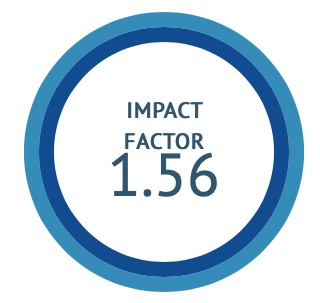An observational study of endometrial vascularity in implantation
DOI:
https://doi.org/10.47552/ijam.v14i2.3500Keywords:
Endometrium, Endometrial vascularity, Implantation, MiscarriageAbstract
Background: According to Ayurveda, Ambu is one of the four essential factors of Garbhasambhav Samugri for formation and development of the embryo. The word Ambu means nutrients essential for formation and growth of embryo which it receives from mother. According to modern science, during implantation, embryo receives its nutrients from endometrium. Though some women have normal endometrial thickness, normal endometrial pattern, normal endometrial morphology, still they are unable to get impregnated. During peri-implantation period of menstrual cycle, endometrial vascularity has major role in implantation of fertilised egg and also further growth of foetus. Objectives: The objective of this study is to evaluate implantation rates in women having endometrial vascularity upto V1, V2, V3, V4 zones. Material & Methods: Anonymous data of endometrial vascularity by transvaginal colour doppler ultrasound examination done, on the day of rupture of follicle of menstrual cycle, on 160 women, willing to conceive, has been collected from gynaecologist. And also, her status whether she was implanted or not implanted was collected from the gynaecologist. Data about her pregnancy status upto 20 weeks were collected. From this collected data, results regarding endometrial vascularity were derived. Results: Implantation rate in cases having vascularity upto V1 zone, upto V2 zone, upto V3 zone, upto V4 zone were 0 %, 8.33 %, 25 %, 30.5% respectively. Conclusion: Implantation rate is greater in cases having vascularity upto V3 and V4 zone than V1 & V2 zone. Endometrial vascularity is an important factor for implantation of fertilized egg and also for further growth of embryo.
Downloads
Published
How to Cite
Issue
Section
License
Copyright (c) 2023 International Journal of Ayurvedic Medicine

This work is licensed under a Creative Commons Attribution 4.0 International License.
The author hereby transfers, assigns, or conveys all copyright ownership to the International Journal of Ayurvedic Medicine (IJAM). By this transfer, the article becomes the property of the IJAM and may not be published elsewhere without written permission from the IJAM.
This transfer of copyright also implies transfer of rights for printed, electronic, microfilm, and facsimile publication. No royalty or other monetary compensation will be received for transferring the copyright of the article to the IJAM.
The IJAM, in turn, grants each author the right to republish the article in any book for which he or she is the author or editor, without paying royalties to the IJAM, subject to the express conditions that (a) the author notify IJAM in advance in writing of this republication and (b) a credit line attributes the original publication to IJAM.




